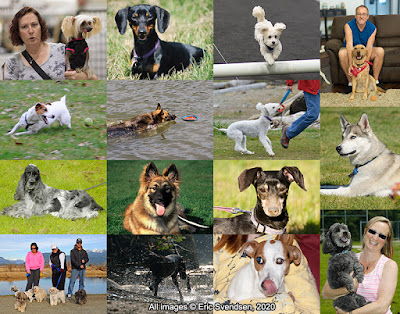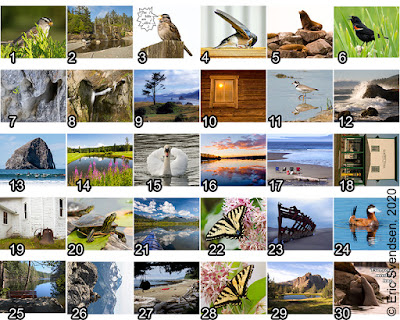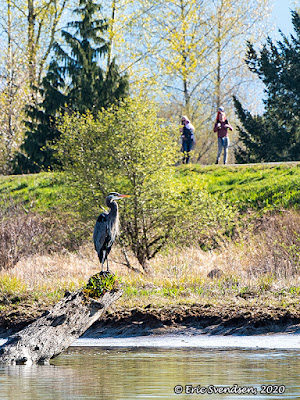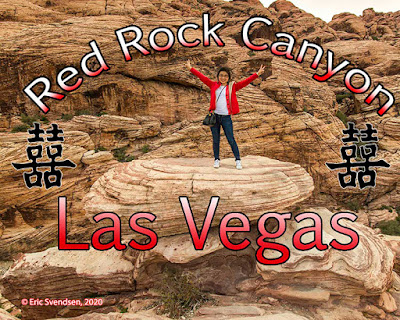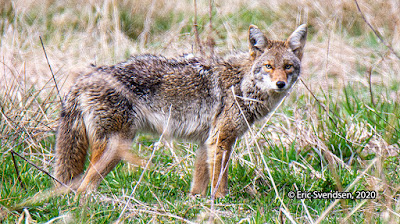Male fruit fly under the microscope.

Drosophila fruit fly enlarged 40x (top) and 250x (bottom). Ever since I was in grade 9 I loved microscopes. I would spend countless hours at school before it began, after it ended, and at lunch peering through their depths at whatever I could scrape up. Mostly it was aquatic critters I found in the biological science's aquarium that I maintained. It provided me with an unending supply of protists, rotifers, annelids, and insects to examine. That passion carried on through my adulthood as, over the years, I have collected a number of microscopes. My first microscope was found at an auction. I didn't quite know what I was getting myself into but the thrill hit me and I got it for $100. It came with a wooden case, had three objectives, and a single 5x ocular lens. The quality was, I discovered, not great. It did get me going though. Later I saw one in a doctor's office. A better version of the one I had, it had 4 objectives ...


